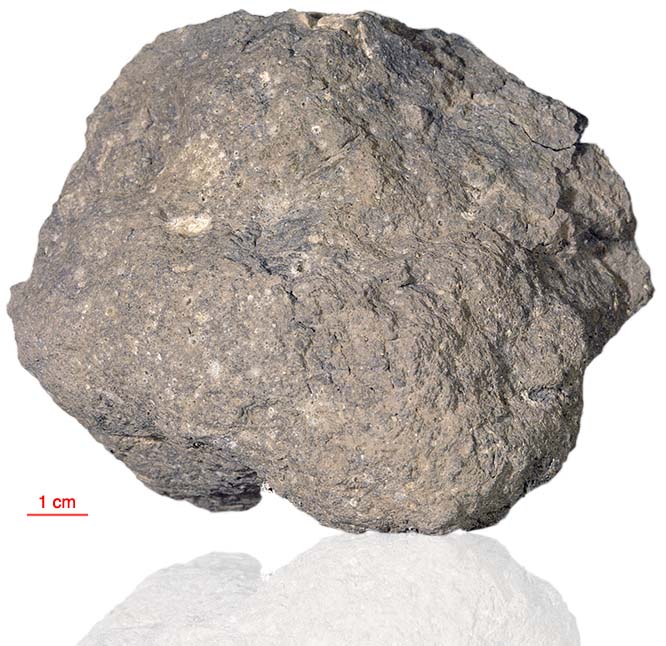
Fact sheet
73235 has a dense, aphanitic melt groundmass with seriate clast distribution. The groundmass consists mainly of plagioclase, pyroxene, opaque minerals and rare pleonaste spinel. Lithic clasts include granoblastic feldspathic impactities with a variety of grain sizes, shocked anorthosites, and cataclastic troctolites and norites. Many lithic clasts are strung out as schlieren within the dense matrix. An area subjected to cataclastic deformation is shown in rotation 2. Numerous zircons are found in 73235 and pink spinel is also reported.
The sample weighed 878.3 grams before analysis and has been dated at 3.98±0.04 billion years (Ar/Ar).
Further details of this and other Apollo samples are here: http://curator.jsc.nasa.gov/lunar/
Apollo 17, the final manned landing mission, had two objectives: to obtain samples of ancient rocks from the lunar highlands and to look for evidence of younger volcanic activity on the valley floor.
This small Collection contains material deriving from both periods, including igneous rocks around 4.3 billion years old from the lunar highlands as well as younger volcanic samples dating from about 3.6 billion years ago.
Apollo 17 was launched on 7 December 1972.






